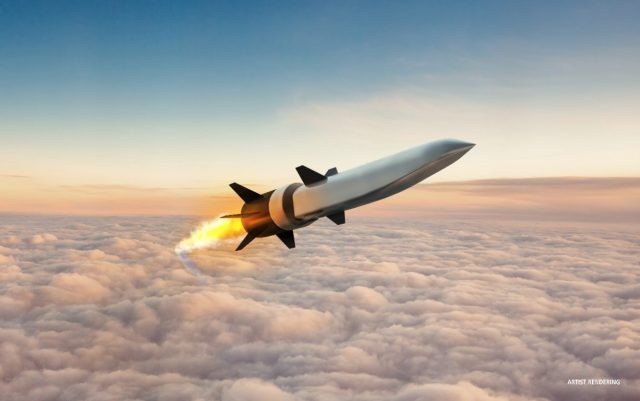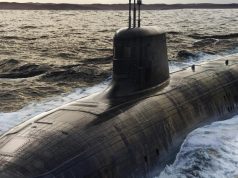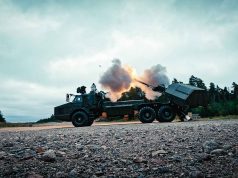Australia, the United Kingdom and the United States will be expanding their AUKUS agreement that was initially focused on delivering new nuclear-powered submarines to Australia to cooperation on four new advanced capabilities.
In addition to the areas already identified in 2021, the AUKUS agreement is now set to encompass undersea capabilities, quantum technologies, artificial intelligence and autonomy, cyber, hypersonic and counter-hypersonic capabilities, and electronic warfare.
Through the AUKUS Undersea Robotics Autonomous Systems (AURAS) project, the three nations will collaborate on autonomous underwater vehicles, which will be a significant force multiplier for their maritime forces.
Initial trials and experimentation of this capability are planned for 2023.
The AUKUS Quantum Arrangement (AQuA) will accelerate investments to deliver generation-after-next quantum capabilities. It will have an initial focus on quantum technologies for positioning, navigation, and timing. Emerging quantum technologies are to be integrated in trials and experimentation over the next three years.
Trilateral cooperation on artificial intelligence (AI) and autonomy is set to provide critical enablers for future force capabilities, improving the speed and precision of decision-making processes to maintain a capability edge and defend against AI-enabled threats. Early work is focused on accelerating adoption, and improving the resilience of, autonomous and AI-enabled systems in contested environments.
The AUKUS partners will also work together to accelerate development of advanced hypersonic and counter-hypersonic capabilities. A White House statement did not provide much information on what the cooperation in this field would entail. The US already has several hypersonic programs in development, including the recently-tested HAWC. Additionally, Australia and the US are already cooperating on an air-breathing hypersonic missile program dubbed the SCIFiRE. It is unclear whether the UK would be joining this program or a new program would be launched under the AUKUS umbrella.
Progress made under AUKUS
When AUKUS was announced in September 2021, Australian prime minister Scott Morrison, UK prime minister Boris Johnson, and US president Joe Biden agreed to determine, by March 2023, the optimal pathway for an Australian conventionally-armed, nuclear-powered submarine capability. AUKUS partners have taken important steps toward implementation.
The Exchange of Naval Nuclear Propulsion Information Agreement (ENNPIA) entered into force on February 8, 2022, enabling AUKUS partners to share naval nuclear propulsion information trilaterally.
For several weeks in February, combined teams from Australia, the United Kingdom and the United States visited multiple sites in Australia to baseline its nuclear stewardship, infrastructure, workforce, and industrial capabilities and requirements.
On February 28, findings were considered by the Joint Steering Group on submarines. The Joint Steering Group will use this information as it develops the optimal pathway for Australia to acquire nuclear-powered submarines.
Initial steps are also underway to ensure Australia has a workforce with the necessary skills, training, and qualifications to build, operate, and sustain a conventionally-armed nuclear-powered submarine capability. For example, a cohort of Australian personnel have commenced higher-education and training opportunities in nuclear science and engineering.
Prime minister Morrison announced on March 7 Australia’s plan to establish a future submarine base on the east coast of Australia to support the basing and disposition of future nuclear-powered submarines. This new facility will operate in conjunction with Australia’s existing submarine base in Western Australia.
What is more, the Australian government is taking initial steps to secure additional land on which to build the Nuclear-Powered Submarine Construction Yard, including land adjacent to the existing Osborne North Shipyard in South Australia.



























